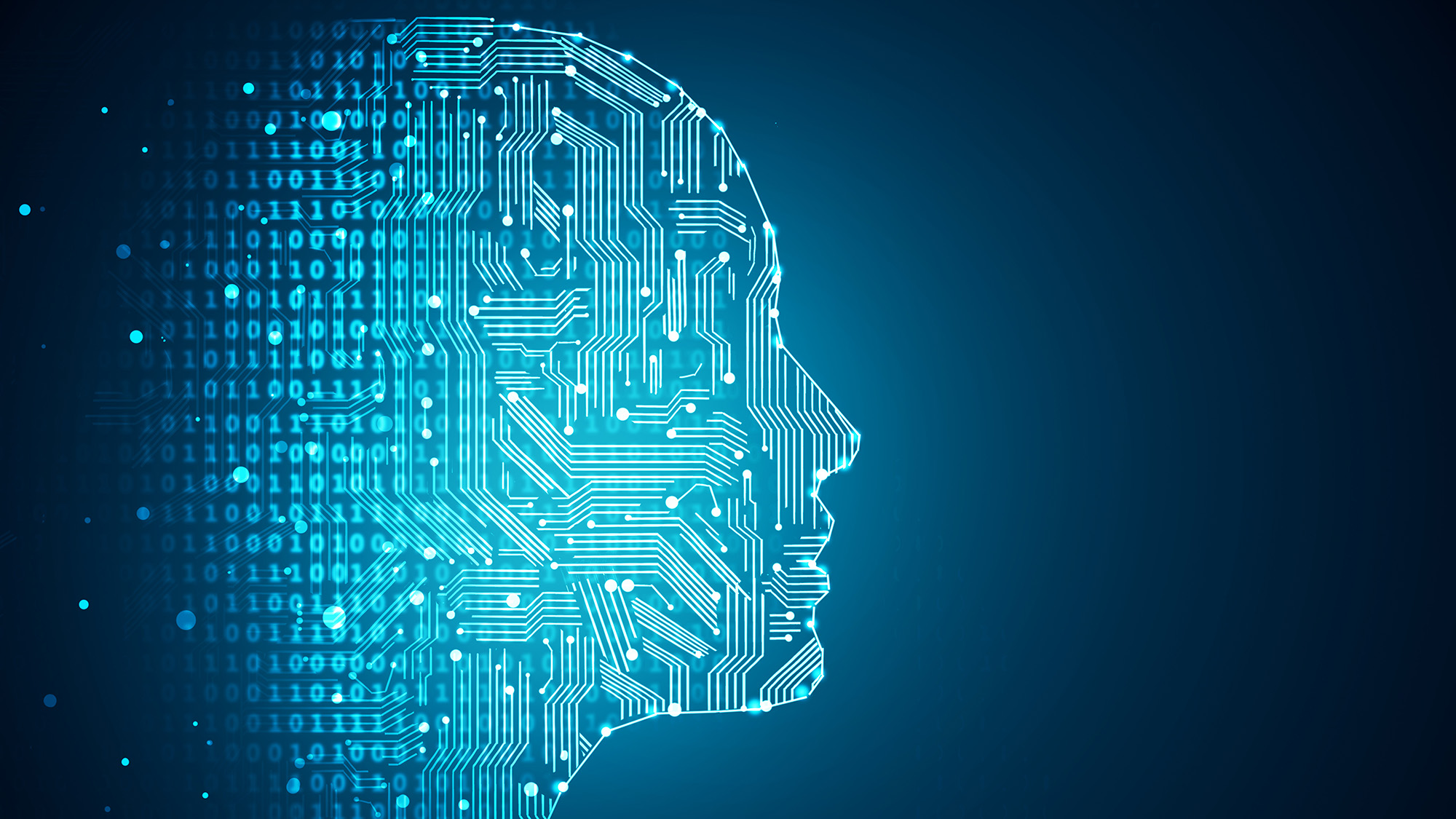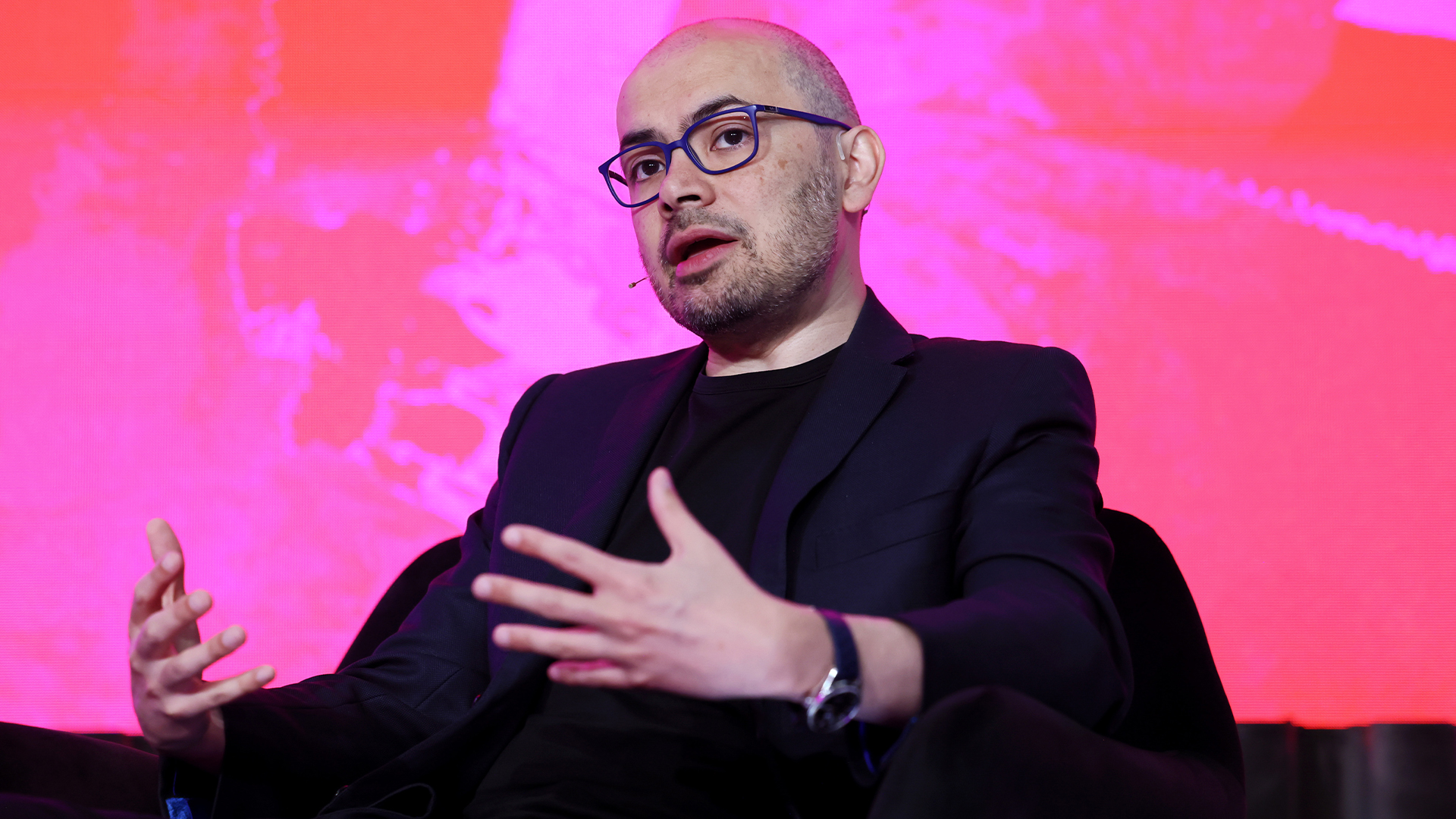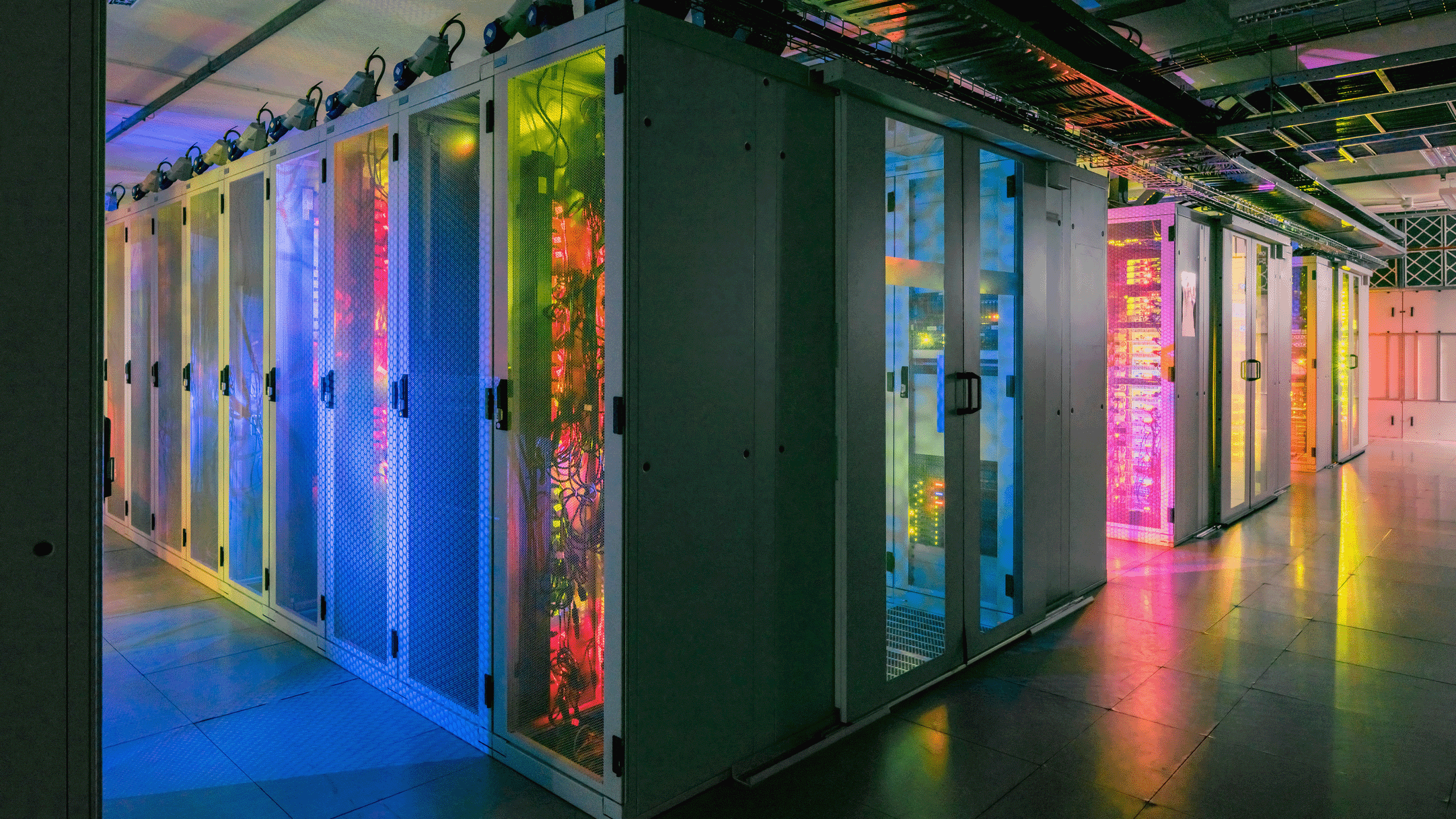Artificial Intelligence: Separating hype from reality
With a wave of AI adoption predicted over the next few years, we ask what it means for businesses


The hype around Artificial Intelligence (AI) stepped up in its intensity in 2017, with debates over the potential impact of the technology transcending the IT industry, and permeating the public consciousness.
World leaders and industry figureheads deliberated on AI's effect on the workplace, with some going so far as to warn of potentially disastrous implications for humanity.
Firstly, it's worth noting that AI doesn't appear in its own right on Gartner's Hype Cycle for Emerging Technologies - the analyst used it as an umbrella term for components such as machine learning, edge computing, and cognitive computing.
As a result, it's been difficult to rise above the noise and assess where AI is today in practical terms, and judge the potential challenges and opportunities for organisations.
Planning for the future
A good place to start is Spiceworks' recent State of IT report, which revealed emerging technologies, such as Internet of Things (IoT), virtual reality (VR), and AI are becoming more prevalent in the workplace. Currently, 13% of firms questioned have adopted AI technology in some way, but over the next 12 months, that figure will rise significantly to 30%.
Adoption of emerging technologies is even higher in larger organisations - about 30% of companies with more than 1,000 employees have adopted both VR and AI, and an additional 25% plan to adopt the technologies in the next 12 months.
"Companies have indicated they're also more willing to invest in emerging tech like IoT, AI, and VR. And with IT staffing levels on the rise, some organisations will be better equipped to evaluate promising tech and plan for the future," noted senior technology analyst at Spiceworks, Peter Tsai.
Stay up to date with the latest Channel industry news and analysis with our twice-weekly newsletter
IDC projects spending on AI systems will grow from $12.5 billion in 2017 to $46 billion by 2020. However, this includes intelligent applications based on cognitive computing, artificial intelligence, and deep learning.
According to the analyst: "Cognitive/AI systems are quickly becoming a key part of IT infrastructure and all enterprises need to understand and plan for the adoption and use of these technologies in their organisations."
The data shows that heavily regulated markets such as banking and securities investment are among the early growth drivers, and together will represent a quarter of worldwide spending on cognitive/AI solutions. In addition, manufacturing, retail, and healthcare will also see strong investment in AI in the coming years.
In its own study, CompTIA reports that in many cases, applications and IT components that organisations already have in place will gain new AI capabilities through upgrades, or new purchases focused on a business goal will have the added benefit of an AI underpinning.
Bad robots
AI is already finding its way into standard parts of an IT architecture. The IT trade association notes that infrastructure components such as firewalls and routers are now enhanced with AI functionality, especially as software-defined networking becomes more prevalent.
It also points the traction being gained by virtual assistants in the workplace, including tools designed for business like Amy Ingram from x.ai or consumer products such as Apple's Siri or Amazon's Alexa. In all cases, it says, "software has contextual understanding that allows information to be shared and tasks to be automated."
However, there are obvious challenges to the adoption of AI - a lack of understanding of the technology and images of 'bad robots' still dominate discussions. But the most common worry for many is the threat to human jobs that AI potentially poses.
While there is a risk that automating some duties will pose a risk to some jobs, many experts in the industry believe that the digital economy will feature new roles working in concert with intelligent systems. In fact, Gartner recently said that by 2020, AI "will create more jobs than it eliminates".
"Most calamitous warnings of job losses confuse AI with automation -- that overshadows the greatest AI benefit - AI augmentation - a combination of human and artificial intelligence, where both complement each other," it reports.
This, of course, is a great opportunity for the channel to lend their technical expertise to their customers, and help them navigate the brave new world of AI.
According to CompTIA: "Artificial intelligence comes with historical baggage and serious questions, but the potential is tremendous."
Christine has been a tech journalist for over 20 years, 10 of which she spent exclusively covering the IT Channel. From 2006-2009 she worked as the editor of Channel Business, before moving on to ChannelPro where she was editor and, latterly, senior editor.
Since 2016, she has been a freelance writer, editor, and copywriter and continues to cover the channel in addition to broader IT themes. Additionally, she provides media training explaining what the channel is and why it’s important to businesses.
-
 Google DeepMind partners with UK government to boost AI research
Google DeepMind partners with UK government to boost AI researchNews The deal includes the development of a new AI research lab, as well as access to tools to improve government efficiency
-
 Is BESS the key to data center energy demand?
Is BESS the key to data center energy demand?In-depth Battery energy storage systems can evolve from a transitional solution to a core asset for data centers
